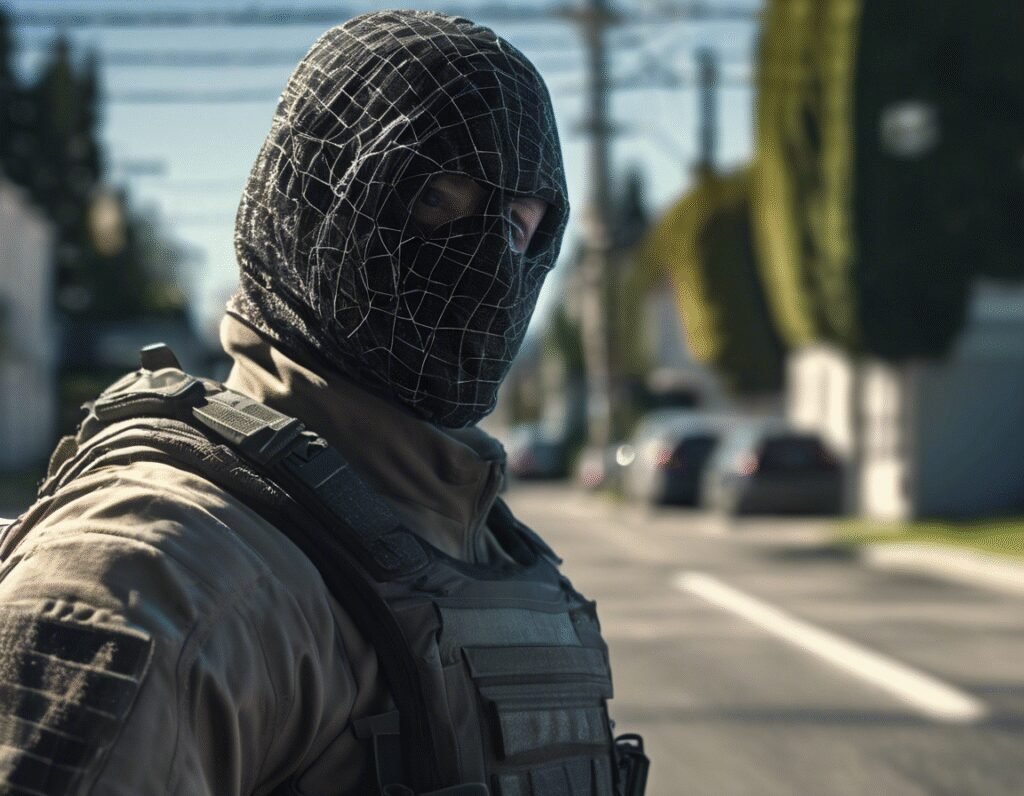The Masked and the Masked: AI Turns the Tables on ICE Anonymity
In a stark reversal of surveillance norms, a Netherlands based activist is employing the very technologies often associated with state monitoring to challenge authority. Dominick Skinner and a team of volunteers are leveraging artificial intelligence and facial recognition to unmask US Immigration and Customs Enforcement agents who have been operating while wearing masks to conceal their identities.
The effort targets viral videos that have circulated in recent weeks, showing masked ICE officials making arrests that have included students, children, and even American citizens. These scenes, often recorded in public and in broad daylight, have sparked significant controversy and raised questions about accountability when state actors can operate anonymously.
Skinner claims the project has already been successful, using AI tools to positively identify at least twenty ICE agents from the available footage. The work involves cross referencing the obscured faces in videos with publicly available information, such as social media profiles and other online images where the agents faces are visible.
This initiative presents a profound ethical paradox. The tools of mass surveillance and facial recognition are typically the domain of governments and large corporations, used to monitor populations. Here, the power dynamic is inverted. A private citizen is using these powerful and often ethically fraught technologies to demand transparency from a government agency, turning the panopticon back on its builders. It is a form of digital counter-surveillance that raises immediate and complex questions.
On one hand, it challenges the idea that state authority should be able to act with complete anonymity, especially during operations on domestic soil that affect residents and citizens. Proponents would argue this is a necessary act of citizen oversight, using available tools to ensure public officials are accountable for their actions. The right to protest and to document the actions of law enforcement is a cornerstone of democratic societies.
On the other hand, the use of facial recognition by private groups sets a potentially dangerous precedent. The technology is notoriously imperfect and can lead to false identifications with serious real world consequences for misidentified individuals. Furthermore, the act of publicly naming government agents could be seen as doxxing, potentially exposing them and their families to harassment or violence, regardless of the nature of their work.
The situation underscores a broader societal struggle with the proliferation of AI and facial recognition. The technology itself is neutral, but its application is not. The same tool can be used for both public accountability and for intimidation, for finding missing persons and for eroding privacy. The key differentiators are intent, oversight, and the ethical framework guiding its use.
This story is ultimately about power and the tools used to wield it. As advanced technologies become more accessible, they are democratized, falling into the hands of not just corporations and states, but also private citizens and activists. This case demonstrates that the debate over facial recognition is no longer theoretical. It is here, and it is being used in a messy, real world conflict where the lines between activist and adversary, between accountability and aggression, are increasingly blurred. The digital arms race between state concealment and citizen exposure has begun, and its rules have yet to be written.


